What Breed Is the Maneki-Neko?
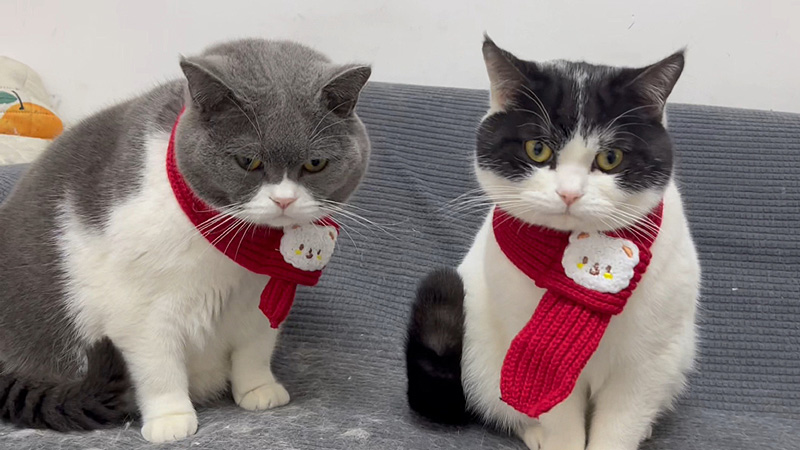
The Maneki-Neko, also known as the beckoning cat or lucky cat, is a widely recognized and cherished symbol in Asian cultures. Its raised paw and beckoning gesture have become synonymous with good luck, fortune, and prosperity. While the Maneki-Neko is commonly seen in various forms and sizes, from statues to plush toys, there is often confusion about the breed of cat that inspired this iconic figure. In this article, we will delve into the origins of the Maneki-Neko and explore the possible cat breeds that lend their features to this beloved talisman.
Origins and Cultural Significance
To determine the breed of the Maneki-Neko, we must first understand its history and cultural significance. The Maneki-Neko originated in Japan and has its roots in folklore and legend. It is believed to have emerged during the Edo period (1603-1868) and has since gained widespread popularity, not only in Japan but also in other Asian countries and around the world.
One popular legend tells the story of a poor temple priest and his cat. According to the tale, a wealthy samurai sought shelter during a storm and noticed the cat beckoning him towards the temple. Curious, the samurai followed the cat, and moments later, a lightning bolt struck the spot where he had initially taken refuge. Grateful for the cat's warning, the samurai donated generously to the temple, saving it from financial ruin. The Maneki-neko, therefore, became a symbol of good fortune, prosperity, and protection.
The Elusive Breed
Despite its cultural prominence, there is no definitive answer to the question of the Maneki-Neko's breed. Various theories and speculations exist, each suggesting different cat breeds that may have influenced the design and characteristics of this beckoning cat figure.
One prevalent theory proposes that the Maneki-Neko is inspired by the Japanese Bobtail breed. The Japanese Bobtail is known for its distinctive short tail and is native to Japan. This breed holds a special place in Japanese culture and folklore, often represented as a symbol of good luck and protection against evil spirits. The Bobtail's lively and friendly nature aligns with the welcoming and beckoning gesture depicted in the Maneki-Neko figurines.
Another school of thought suggests that the breed of the Maneki-Neko is not specific and that it resembles a general "street cat" or a mixed breed. This notion stems from the belief that the Maneki-Neko represents all cats, as cats are generally believed to be bringers of luck and good fortune in Japanese culture. Therefore, the Maneki-Neko might not be based on a specific breed, but rather on the idea of a cat that brings prosperity and happiness.
Some interpretations point to the Siamese or Birman cat breeds as possible influences for the Maneki-Neko. Siamese cats are known for their striking blue eyes and graceful appearance, whereas Birmans possess a similar facial structure and gentle temperament. Both breeds are associated with mysticism and spirituality in their respective cultures, making them potential inspirations for the Maneki-Neko's design.
Diverse Representations
It is important to note that the Maneki-Neko's portrayal differs across different regions and cultures. In certain variations, the figurine may resemble a Persian or Himalayan cat due to its round face and long fur. These breeds are regarded for their luxurious coats and serene expressions, lending an air of elegance and beauty to the Maneki-Neko.
Despite the uncertainties surrounding the Maneki-Neko's breed, one thing remains clear: its universal appeal and enduring popularity. The figure's charming design and positive symbolism have captured the hearts of cat lovers and those seeking good luck around the world. Its depiction as a beckoning cat with a raised paw transcends the specifics of breed, focusing more on the welcoming and inviting gesture that signifies prosperity and fortune.
Ultimately, the breed of the Maneki-Neko may remain a mystery, as the figure itself has evolved beyond specific feline characteristics. It has become a cultural symbol that embodies luck and benevolence, representing the everlasting bond between humans and cats. The ambiguity surrounding its breed enables people from all walks of life to find a connection with this iconic figurine, regardless of their preferences for specific cat breeds.
Conclusion
In conclusion, while the exact breed of the Maneki-Neko may not be definitively identified, its allure and symbolism have made it an integral part of many cultures. Whether it was inspired by the Japanese Bobtail, Siamese, Birman, or a combination of various breeds, the Maneki-Neko stands as a testament to the positive impact cats have on our lives. Regardless of its specific origins, the Maneki-Neko continues to beckon and bring good fortune to all who encounter it, reminding us of the enduring connection between humans and their feline companions.
You May Also Like
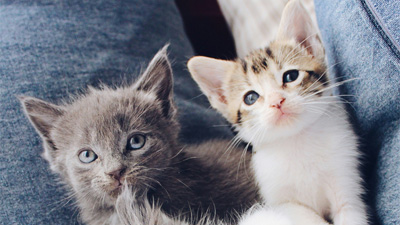 Cat Names100+ Popular Japanese Cat Names With Meaning
Cat Names100+ Popular Japanese Cat Names With Meaning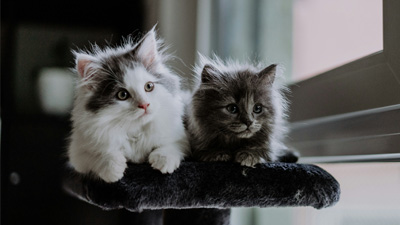 Cat Names20 Cute Japanese Pet Names with Meaning
Cat Names20 Cute Japanese Pet Names with Meaning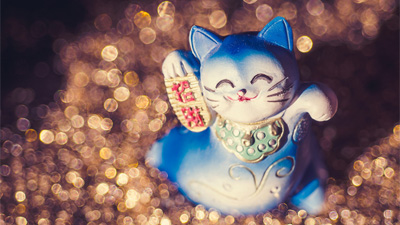 Cat CultureWhat Does The Maneki-Neko Symbolize?
Cat CultureWhat Does The Maneki-Neko Symbolize? Cat CultureThe Difference Between Maneki-Neko Left Or Right Paw?
Cat CultureThe Difference Between Maneki-Neko Left Or Right Paw?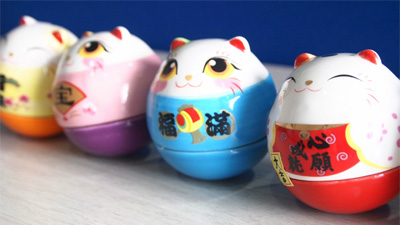 Cat CultureWhat Is The Origin Of The Maneki-Neko?
Cat CultureWhat Is The Origin Of The Maneki-Neko?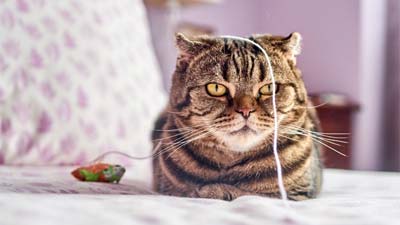 Cat JokesThe Best Cat Jokes to Tickle Your Funny Bone
Cat JokesThe Best Cat Jokes to Tickle Your Funny Bone